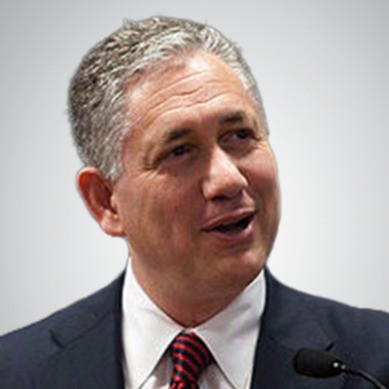Enhancing Employee Benefits: Stuart Piltch’s Vision for a More Rewarding Work Environment
Enhancing Employee Benefits: Stuart Piltch’s Vision for a More Rewarding Work Environment
Blog Article
Stuart Piltch is really a forward-thinking chief whose revolutionary approach to worker advantages is reshaping how organizations entice, keep, and help their workforce. In the current competitive work industry, giving strong staff benefits has become a essential element in not only increasing work satisfaction but also in increasing output and organization loyalty. Piltch's distinctive techniques give attention to tailoring benefits to generally meet the varied wants of today's Stuart Piltch ai while enjoying new technologies that streamline functions and create greater experiences.

Among the important methods Piltch is transforming employee benefits is through the integration of technology. He has championed the use of digital systems that allow employees to quickly entry and control their benefits. These systems ensure it is simpler for workers to view their alternatives, regulate plans, and access help, improving equally efficiency and satisfaction. By removing the complexity that usually is sold with conventional advantages management, Piltch guarantees that employees invest less time moving bureaucratic red tape and more time using the benefits available to them.
In addition to enhancing the availability of benefits, Piltch advocates for more personalized offerings. He recognizes that one-size-fits-all answers no further meet the needs of a varied workforce. Today's employees have varying tastes, economic conditions, and wellness things, therefore giving variable benefits deals is critical. Piltch's approach allows employees to customize their benefits relating for their special needs, such as for example providing various degrees of medical insurance, psychological health help, and pension planning options. That freedom not only improves staff pleasure but in addition fosters an expression of power and autonomy in decision-making.
Moreover, Piltch is just a strong supporter of wellness programs, which have obtained traction recently as businesses realize the significance of staff well-being. He advocates for the integration of physical, intellectual, and mental health advantages into employee offerings. Including use of exercise applications, intellectual wellness counseling, strain administration methods, and mindfulness training. By marketing a holistic method of wellness, Piltch assures that employees sense reinforced equally in and outside of the office, ultimately causing healthiest, happier, and more productive teams.
Another cutting-edge answer presented by Piltch is financial wellness programs, which aim to help personnel better control their personal finances. This can contain giving financial preparing methods, access to skilled advisors, debt administration methods, and guidance on preserving for retirement. In some sort of wherever economic strain may influence equally personal well-being and workplace productivity, these programs offer as an invaluable reference for personnel, supporting them make educated decisions and lower economic anxiety.
Eventually, Piltch realizes that staff benefits expand beyond just conventional attractions like health insurance and paid time off. He stimulates an even more comprehensive package that will include scholar loan repayment guidance, fertility benefits, and compensated household leave. By increasing the scope of worker benefits to address a larger array of particular and skilled wants, Piltch assures that employees experience valued and supported for the duration of all phases of these lives and careers.

In conclusion, Stuart Piltch healthcare's method of increasing employee advantages is contemporary, innovative, and deeply rooted in the belief that a happy, balanced, and financially protected workforce is needed for long-term company success. Through customized benefits, wellness programs, financial wellness initiatives, and streamlined technology, Piltch is leading the cost in creating a work place where personnel thrive—ultimately benefiting both the persons and the businesses they function for.
Report this page